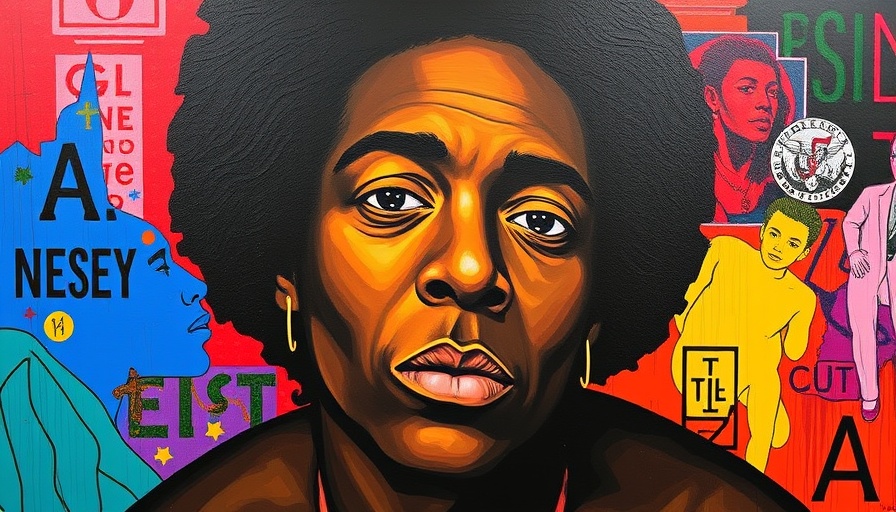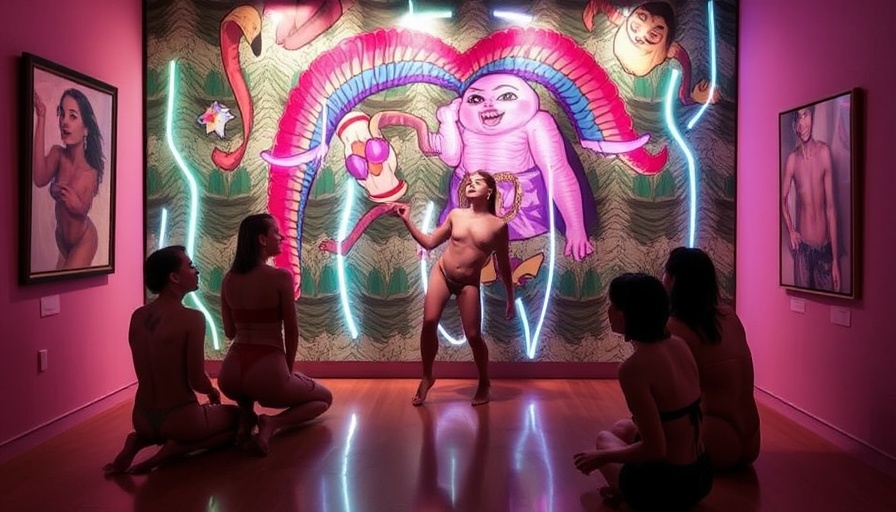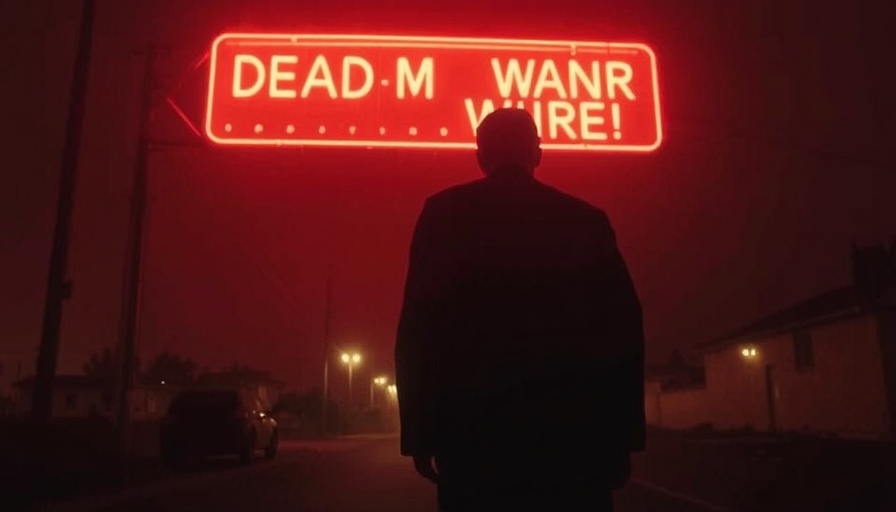
Unveiling the Colors of Activism: The Life and Works of Tomashi Jackson
Tomashi Jackson, a Houston-born artist, has been making waves in the art world with her profound exploration of how color intersects with race and history. As we dive deeper into her exhibitions, particularly the current mid-career survey entitled Across the Universe at the Contemporary Arts Museum in Houston, it becomes clear that her artwork serves as both a canvas and a vehicle for activism. Jackson’s journey unfolds a vibrant narrative that resonates with the ongoing fight for racial equity in America.
Historical Context of Color and Race in Art
Jackson’s epiphany about color theory correlated to her understanding of race isn't just an artistic insight; it reflects a historical reality that dates back centuries. Artists often used color as a means of expression long before it became a tool for political discourse. By drawing from primary colors and layering textures, Jackson not only illustrates her thoughts on perception but also critiques the societal structures that influence these perceptions. Art movements, such as Expressionism and Color Field painting, have historically emphasized color’s ability to evoke emotion—something Jackson embodies in her pieces.
Color as a Social Phenomenon
“Color is experienced as chromatic; it’s also social,” Jackson comments, succinctly summarizing her approach to art. Her work invites viewers to understand the complexities of color beyond the aesthetic and to perceive it as a representation of social realities. By titling her works after significant court cases and historical events—like Dajerria All Alone (Bolling v. Sharpe)—Jackson skillfully intertwines the emotional spectrum of color with the legal and societal battles for civil rights.
Influences and Inspirations
In her conferences and interviews, Jackson frequently references “the machinery surrounding her”—the systemic issues that shape public spaces and education in America. Her explorations are further enriched by historical narratives and the legacies of activists past and present. This layered understanding of both color theory and historical context underpins her vibrant compositions, making them not only visually arresting but also deeply educational.
Connections to Modern Movements
As Jackson’s art gains prominence, it reflects a broader societal movement. The relevance of her work parallels contemporary issues surrounding race, identity, and social justice. Various advocacy groups have highlighted the importance of visual activism, where art is employed to foster understanding and provoke change. Jackson’s pieces serve as insightful commentaries on the struggles against systemic inequality and the need for community resilience.
Future Perspectives: Art as an Agent for Change
As we look towards the future, the conversation surrounding art’s role in social movements is more pertinent than ever. Jackson's work champions a paradigm shift, encouraging other creators to embrace color not just as a visual element but as a pulsating force that can ignite activism. The exhibitions are often followed by discussions and workshops that further context, urging audiences to reflect on their relationship with art and activism.
Conclusion: The Power of Color in Activism
Tomashi Jackson invites us into a world where colors speak the language of history and emotion, forging connections that transcend the canvas. With her work being displayed across the country, now is the moment for all of us—especially digital nomads with an appreciation for culture and history—to engage with these vibrant expressions of advocacy. Take a moment to explore your local galleries or online exhibitions to see how color can be a conduit for change in our world.
 Add Row
Add Row  Add
Add 




Write A Comment